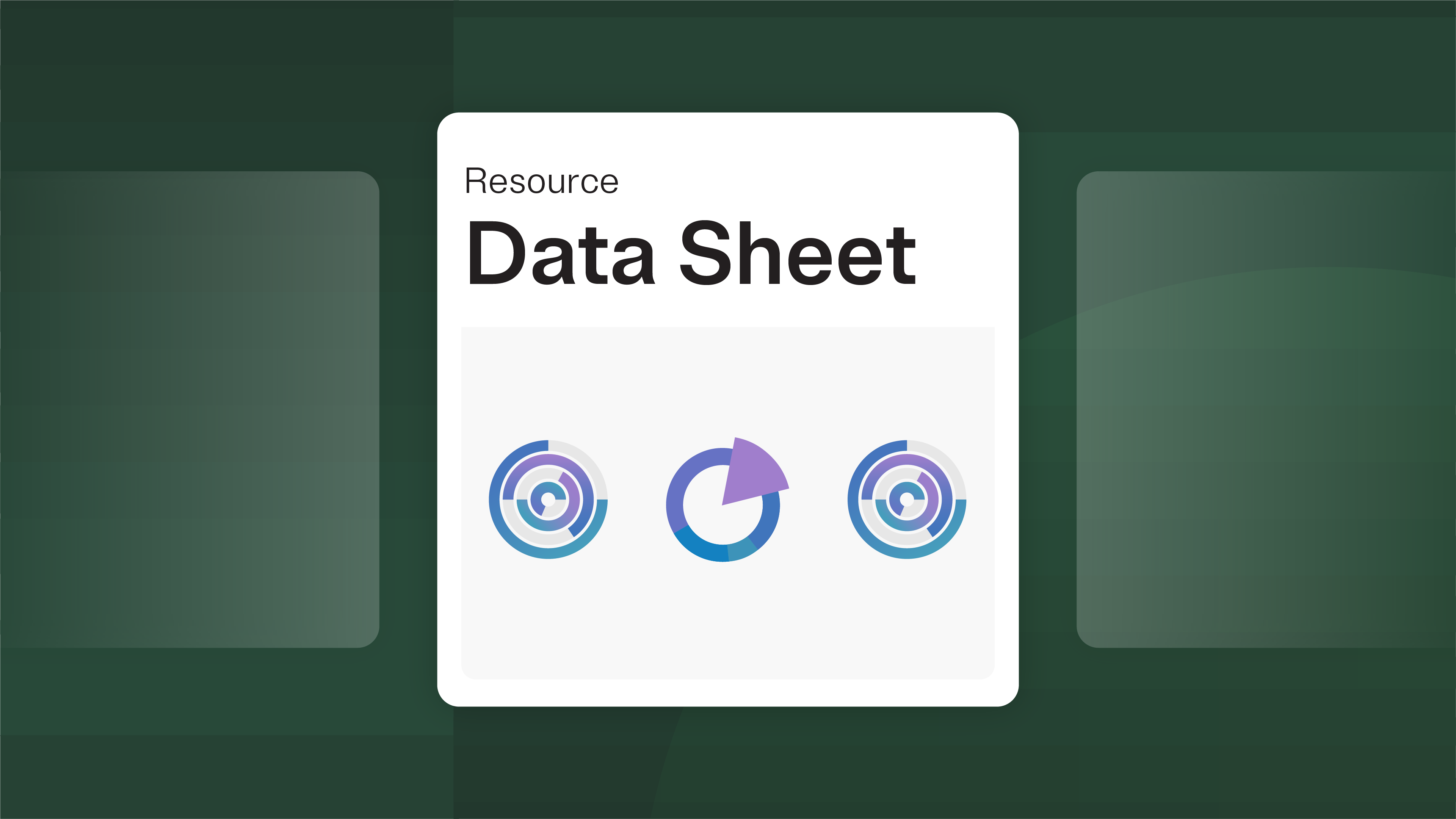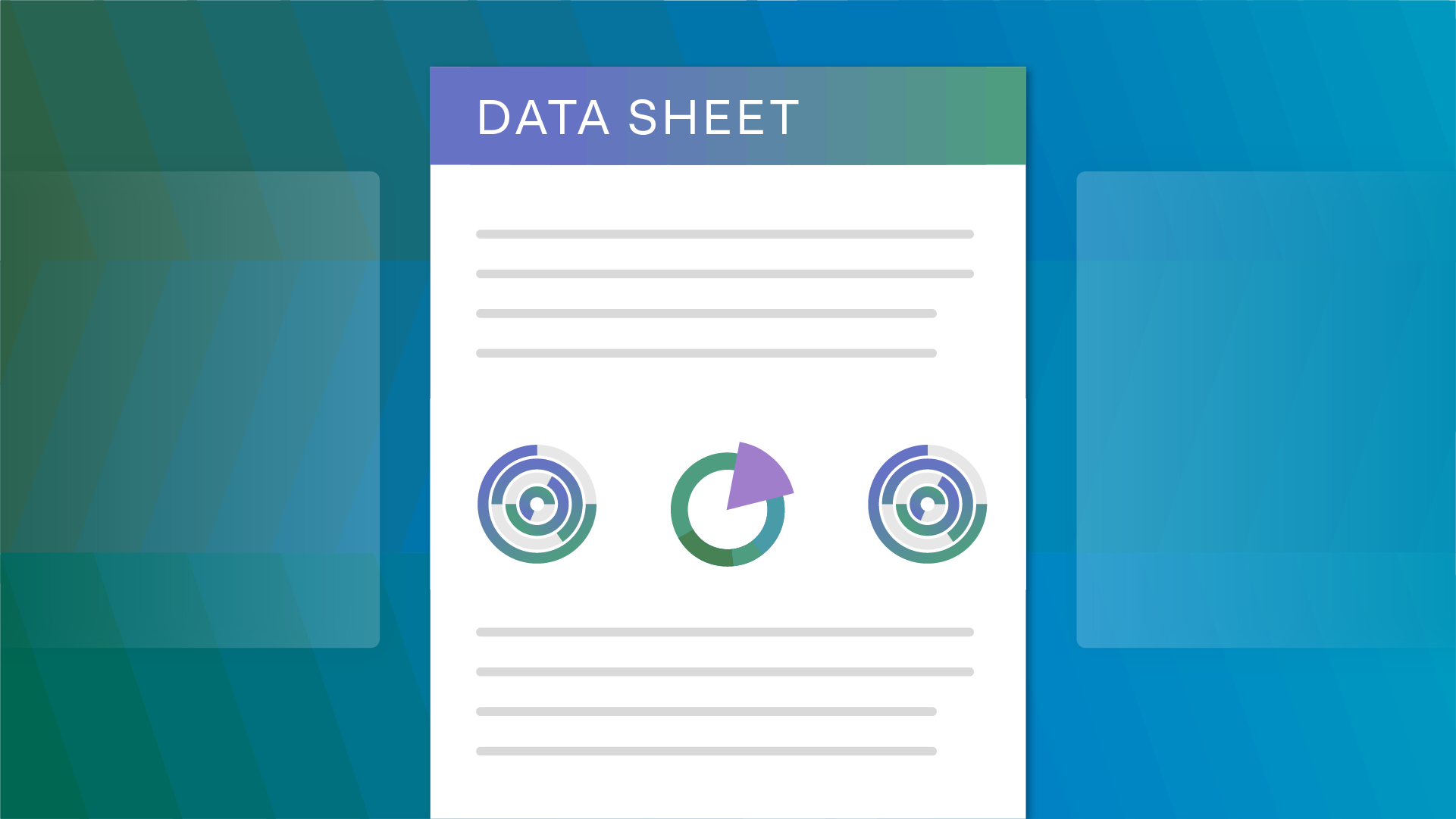Requirements for data governance and data privacy are often closely tied together. Despite this, it’s common to see these teams operating independently from one another — which can result in significant disconnects across policy development, implementation, and enforcement.
As part of a strategy to enhance cross-functional collaboration, maturing privacy and data governance teams are opting to automate policy management. This enables teams to reach across their silos, work together using unified data inventories, and consistently enforce policies based on the latest regulatory guidance.
If policies are governed in one solution and controls are implemented in another, it’s an uphill battle to maintain a single source of truth — leaving teams vulnerable to critical errors. A holistic approach supports better outcomes. By ensuring all organizational data is unified under one system, teams can unilaterally manage data policies with automation.
Step 1: Understand the scope of organizational data
A single source of truth of organizationally-held data is one of the most valuable assets to privacy teams. Yet many haven’t completed the effort to unify their many existing sources of data.
This fragmentation leaves organizations vulnerable to risk through inconsistent applications of policies. The first step to enforcing your data policies is locating, classifying, and mapping data for future access in a holistic inventory.
In most cases, this unification effort is no small endeavor. Data held by organizations is often stored across different formats and locations. Manual approaches can’t offset the complexities presented by this challenge. Teams must make the data unification effort a priority, which is made possible by automation that works with structured and unstructured data across the IT landscape.
Once equipped with a data inventory and data map, teams can effectively implement privacy workflows that enforce data governance policies.
Step 2: Automate policy management for data access, retention, and minimization
Once data is classified and holistically accessible, teams can leverage advanced technology to automate policy management.
Well-defined policies built create a framework for privacy programs to manage data access, retention, and minimization in real time. The next challenge is creating the bridge that connects policy to action.
Operationalizing data policies is a multi-stakeholder initiative. Once teams create rules and assign owners for oversight, maturing programs need to incorporate tools that automate policy management with AI-powered workflows. When leveraged correctly, policy violations can be flagged and enforced efficiently through system integrations, even as rules evolve to reflect changing data governance positions.
Data Access
Effective collaboration between data governance and privacy teams includes developing and enforcing strict controls around data access. When a data governance team shares clear definitions around data types, user types, and access requirements, privacy teams can act swiftly.
This includes solving for the unique challenges that arise when access governance intersects with cloud data platforms. In response to this urgently growing need, OneTrust recently announced a native integration with Snowflake to provide in-application data masking capabilities that scale access governance. OneTrust also recently partnered with ALTR to automate data access policy implementation in cloud data platforms, including critically sensitive data that requires special handling.
Equipped with these powerful integrations, teams can collaborate to manage data access policies end-to-end across any application that interacts with their data.
Data Retention
Data governance teams are responsible for maintaining up-to-date policies for data retention. Effective implementation of those policies should result in violations to be flagged, even as regulations evolve.
To govern data retention effectively, privacy teams must be able to account for when metadata was last modified. In many cases, this information could be buried in columns or across inconsistent formats. If teams can’t source these insights quickly, completely, and at scale, they’re at risk of holding onto data longer than is allowed. As a result, a team might not even know they’re in violation of their own retention policy.
Automation enables privacy teams to scan deeply within their databases to source accurate metadata and take action based on the latest regulations from GDPR, CCPA, and more. For structured records, this could look like a flag raised to delete a contact in SFDC. For unstructured records, this means locating and redacting the last updated version on file to align with retention requirements.
Implement Data Minimization
If data access and retention could be considered policies that react to the needs of an organization’s existing database, data minimization reflects a proactive strategy.
Data minimization allows an organization to reduce the overall data that is collected and stored. When leveraged effectively, it enhances outcomes related to privacy and governance.
As regulations such as CCPA and GDPR evolve around this issue, teams that continue to be proactive will accelerate on their path to compliance. By tagging data that contains personal information or sensitive personal information, privacy teams can develop rules that implement data minimization policies. For example, if a data transfer is planned to take place across departments, privacy teams can use automation to determine whether this might constitute a violation and provide a basis for removal or remediation.
Conclusion: Prepare for the future of privacy and data governance with automated policy management
Maturing privacy teams are opting to automate policy management to fulfill their organization’s obligations to customers, users, and regulatory bodies, as well as integrating their privacy programs into a broader Data Governance initiative.
Staying ahead of the evolving privacy landscape takes a significant effort, requiring close coordination between data governance and privacy teams. Although these initiatives have often operated in silos, these days are quickly coming to a close. It’s no longer feasible to comprehensively fulfill compliance obligations without automation.
Organizations that start by discovering and classifying personal data across the IT ecosystem will benefit from a central data inventory & catalog. This is the foundation of all privacy and data governance initiatives, powering the privacy workflows that scale policy enforcement for issues such as data retention, minimization, and access.
That’s where OneTrust comes in. OneTrust’s software automates privacy from start to finish — from data discovery to data mapping, to automated enforcement of privacy controls like encryption, redaction & access.
OneTrust’s ease of use increases speed to compliance and collaboration for data governance and privacy teams. To learn more, schedule a demo today.
Read the Entire Privacy Program Automation Series:
- The Necessary Evolution of Privacy Program Automation
- How Data Discovery Enhances & Automates Your Data Map
- Mature Your Privacy Program with DSAR & Incident Management Automation
Follow OneTrust on LinkedIn, Twitter, or YouTube for the latest on privacy program automation.
































